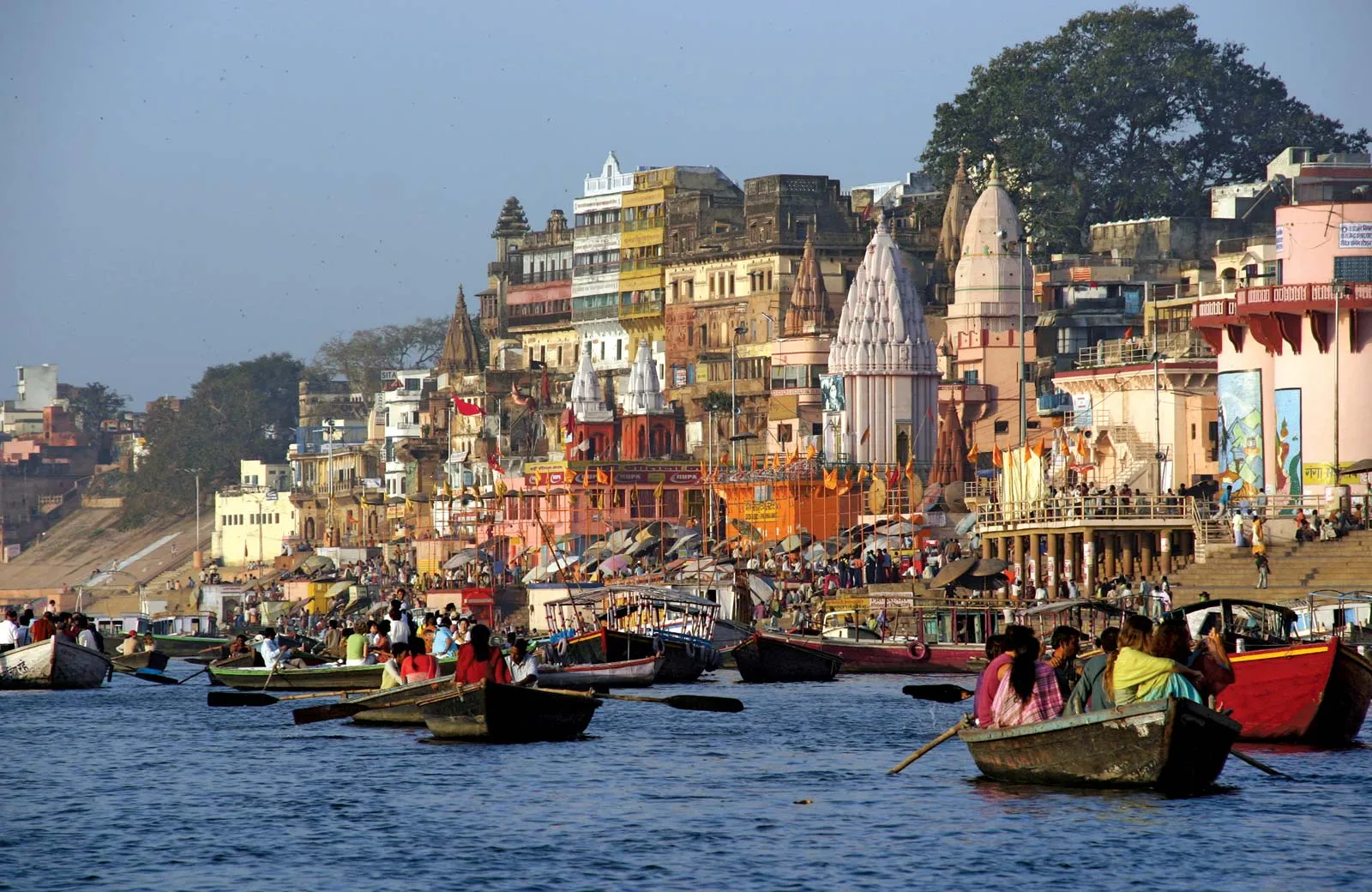The world is full of amazing places with special meaning and significance for people from all walks of life. From ancient temples to natural wonders, these sacred sites have been revered as spiritual and religious sites for centuries. In this article, we’ll look at some of the world’s most sacred sites and their unique characteristics.
Mecca, Saudi Arabia

Mecca, one of Islam’s holiest cities, is the birthplace of the Prophet Muhammad and the location of the Kaaba, a cube-shaped structure that Muslims believe Abraham and Ishmael built as a house of worship for Allah. Every year, millions of Muslims worldwide make the Hajj pilgrimage to Mecca to pray at the Kaaba and participate in other rituals.
Jerusalem, Israel

Many religious sites, including the Western Wall, the Church of the Holy Sepulchre, and the Dome of the Rock, are located in Jerusalem, a city of great significance for Jews, Christians, and Muslims. According to Jewish tradition, Jerusalem is the holiest city in Judaism and the site of the First and Second Temples. Muslims believe that the Prophet Muhammad ascended to heaven from the Dome of the Rock, whereas Christians believe that Jesus was crucified and buried in Jerusalem.
Varanasi, India

Varanasi, one of the world’s oldest continuously inhabited cities, is revered as one of the most sacred sites in Hinduism. The city is home to numerous temples and shrines and people believe that it is the location where Lord Shiva first appeared on Earth. According to Hindus, bathing in the Ganges River can purify the soul and lead to liberation from the cycle of rebirth.
Uluru, Australia

Uluru, also known as Ayers Rock, is a massive sandstone rock formation with great spiritual significance for the Anangu people, the land’s traditional owners. According to Anangu beliefs, their ancestors created Uluru during the Dreamtime, a period of creation when the world was formed. Visitors to Uluru need to respect the site’s cultural significance by not climbing the rock.
Machu Picchu, Peru

Machu Picchu is an ancient city in the Andes built by the Incas in the 15th century. It is considered a sacred site by the Incas, was abandoned following the Spanish conquest of Peru, and was only rediscovered in 1911 by American explorer Hiram Bingham. Machu Picchu is now a popular tourist destination and a UNESCO World Heritage Site.
Lumbini, Nepal

Lumbini, the birthplace of the Buddha, is a popular pilgrimage destination for Buddhists from all over the world. The site contains many temples and shrines, as well as the Mayadevi Temple, which commemorates the birthplace of the Buddha. Visitors to Lumbini can also see the Ashoka Pillar, built in the third century BCE by Emperor Ashoka and contains one of the earliest inscriptions related to the life of the Buddha.
Stonehenge, England

Stonehenge, a prehistoric monument dating back to 3000 BCE, is thought to have been built for astronomical and ceremonial purposes. The site includes a ring of standing stones, some weighing up to 50 tons, that align with the movements of the sun and the moon. While the exact function of Stonehenge is uncertain, many individuals believe it served as a location for religious and spiritual ceremonies.
Angkor Wat, Cambodia

In the 12th century, people built Angkor Wat, a massive temple complex in Siem Reap, Cambodia. Initially, it served as a Hindu temple dedicated to Vishnu. However, in the 14th century, they converted it into a Buddhist temple. The temple is famous for its stunning architecture and intricate carvings, making it one of the most important archaeological sites in Southeast Asia. Visitors often come to witness the magical experience of watching the sunrise or sunset over Angkor Wat.
Mount Kailash, Tibet

Mount Kailash, located in the Himalayas, is a sacred peak with great significance in Hinduism, Buddhism, and Jainism. Hindus believe the mountain is Lord Shiva’s home, while Buddhists believe it is the residence of Buddha Demchok. Many pilgrims participate in the Kora, a mountain circumambulation that is said to bring good fortune and cleanse the soul. People also believe Mount Kailash is the source of four major rivers in Asia, making it an important conservation site.
The Vatican, Vatican City

Vatican City, the world’s smallest country, is the Catholic Church’s spiritual center and the Pope’s residence. St. Peter’s Basilica, the Sistine Chapel, and the Vatican Museums are among the city’s many churches, museums, and historical sites. These locations are well-known for their beautiful art, architecture, and historical significance. Visitors can also attend Mass or other religious ceremonies at the Vatican, making it a truly unique and memorable destination.
Temple of the Tooth, Sri Lanka

The Temple of the Tooth, also known as Sri Dalada Maligawa, is one of Sri Lanka’s most sacred sites. It is one of the most important Buddhist temples in the country and is a UNESCO World Heritage Site. It is located in Kandy.
The Temple of the Tooth houses a relic of Buddha’s tooth brought to Sri Lanka in the fourth century CE. The tooth is kept in a golden casket, enshrined in a series of seven golden caskets, the smallest of which contains the actual relic.
These are just a few of the world’s sacred places, each with its distinct history.
Check out more of our blogs:
Traditional Healing Practices around the World
5 World’s Most Endangered Traditions
From Ancient Customs to Modern Practices: A Guide to Funeral Traditions

